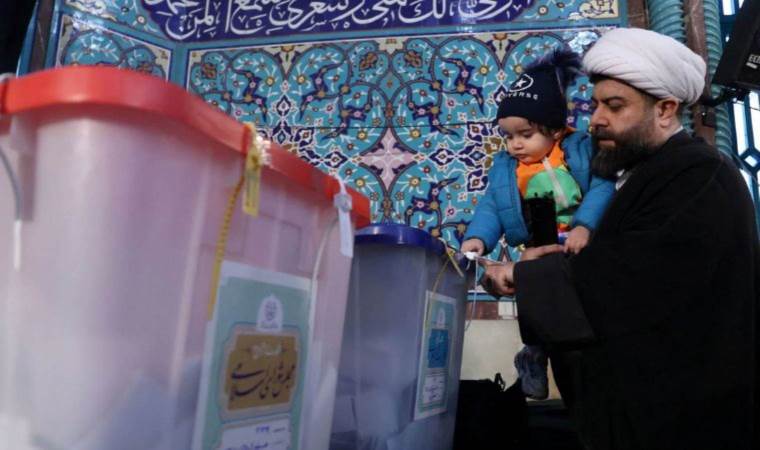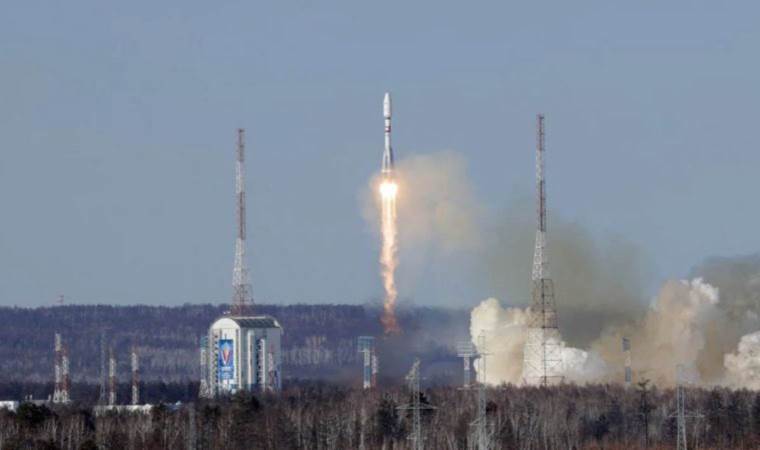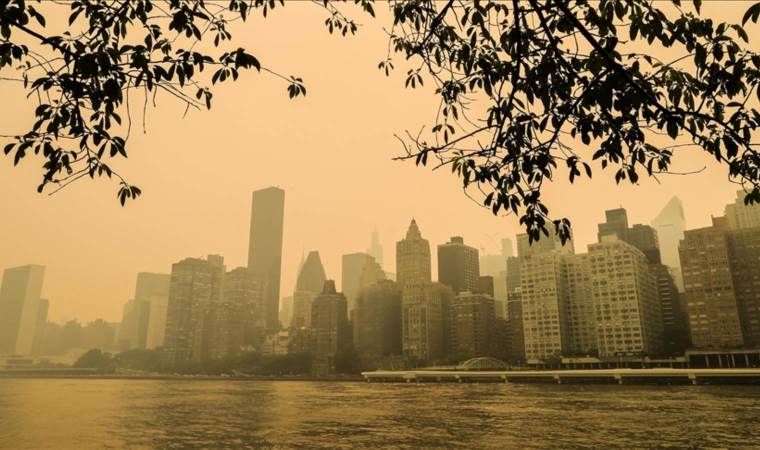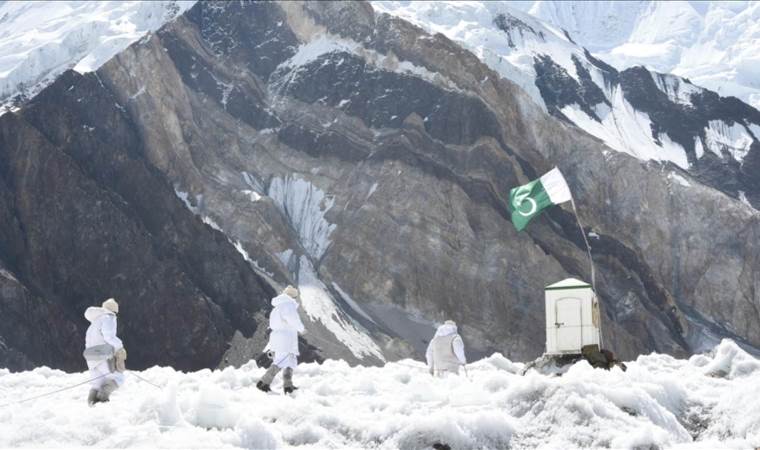Iran's election sees estimated 40% turnout, lowest since 1979 revolution
Unofficial reports from Saturday suggest that the turnout for Iran's parliamentary election, a crucial test for the clerical establishment's legitimacy, hovered around 40%.

This figure represents the lowest voter participation since the Islamic revolution in 1979. The election, primarily contested by hardliners and low-profile conservatives loyal to Islamic revolutionary ideals, saw moderate and conservative heavyweights abstain, while reformists denounced the election as neither free nor fair.
The official turnout figures are expected to be released by the interior ministry later on Saturday. Tehran's leadership aimed for high voter engagement to restore its credibility, severely undermined by the 2022-23 anti-government protests that led to significant political unrest.
Despite predictions from official surveys that only about 41% of eligible Iranians would cast their vote, reports indicate that the turnout did indeed align with these forecasts. The Hamshahri newspaper reported a participation rate of 41%, equating to over 25 million voters, despite widespread calls for an election boycott.
The turnout marks a decrease from the 42.5% recorded in the 2020 parliamentary elections and a significant drop from the 62% participation rate in 2016. The election was also conducted alongside a vote for the 88-seat Assembly of Experts, a key body responsible for selecting Supreme Leader Ayatollah Ali Khamenei's successor.
Most Read News
-
 Germany offers Syrians up to $4,555 to return home
Germany offers Syrians up to $4,555 to return home
-
 Despite stated ban, Spain continues to buy arms from Isr
Despite stated ban, Spain continues to buy arms from Isr
-
 China denies having talks with US on tariffs
China denies having talks with US on tariffs
-
 60 militants from paramilitary RSF killed in North Darfu
60 militants from paramilitary RSF killed in North Darfu
-
 Nearly half of Americans now live with dangerous air qua
Nearly half of Americans now live with dangerous air qua
-
 Zelenskyy partially cancels South Africa visit in wake o
Zelenskyy partially cancels South Africa visit in wake o
-
 Britain lifts sanctions against Syrian defense, interior
Britain lifts sanctions against Syrian defense, interior
-
 Pakistan says any Indian attempt to divert, stop flow of
Pakistan says any Indian attempt to divert, stop flow of
-
 Turkic world will continue to stand by Turkish Cypriots,
Turkic world will continue to stand by Turkish Cypriots,
-
 Recent Russian strikes on Kyiv were 'not necessary,' say
Recent Russian strikes on Kyiv were 'not necessary,' say














